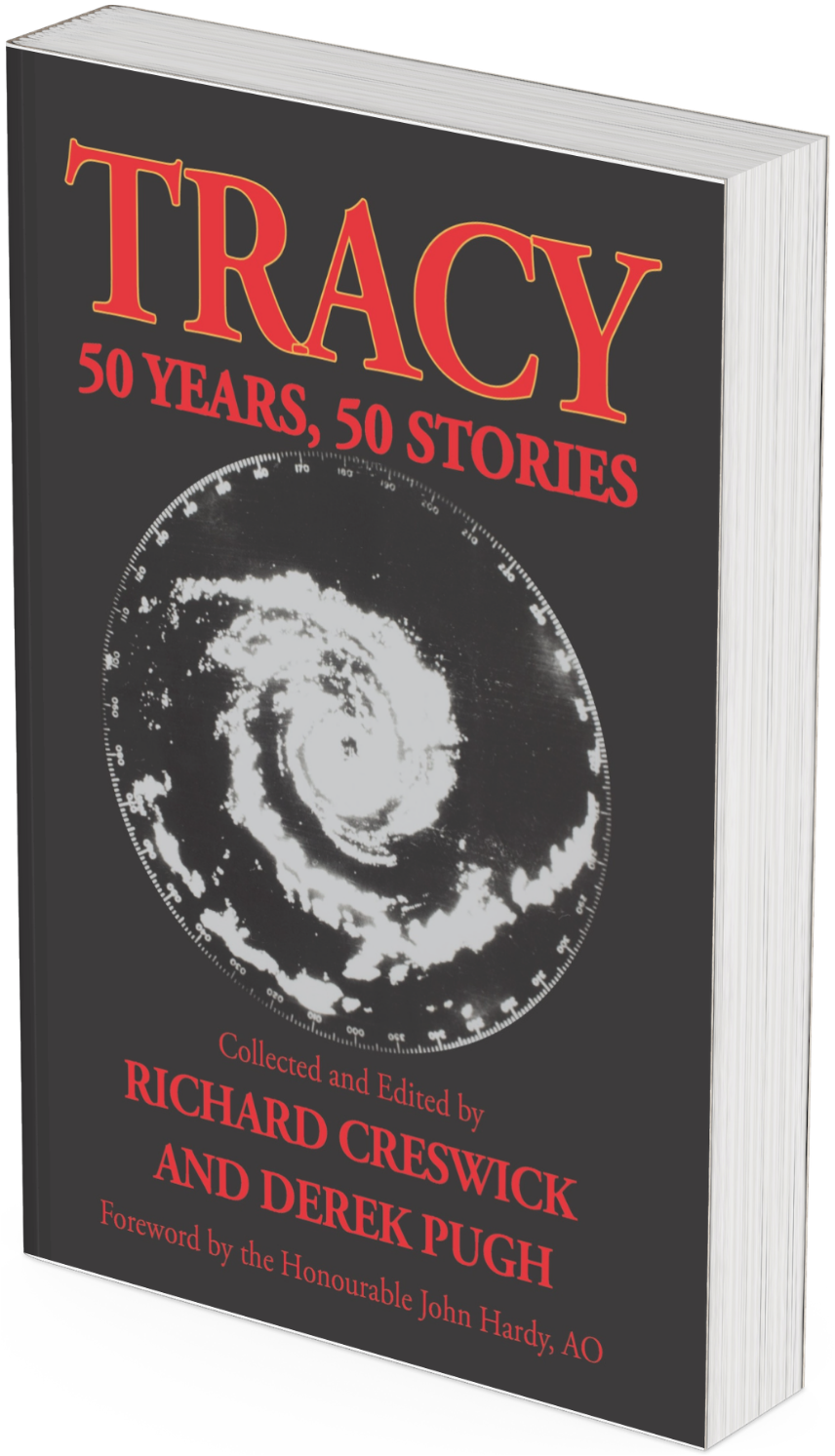TRACY PRESS RELEASE March 13, 2024 |
TRACY: 50 Years 50 Stories
TRACY PRESS RELEASE March 13, 2024 A new publication featuring never-told-before stories of survival in Australia’s worst natural disaster in its 50th anniversary year. TRACY: 50 Years, 50 Stories Cyclone Tracy demolished Darwin, capital of the Northern Territory when it struck during the night of Christmas Eve and Christmas Morning, 1974. Over almost ten hours the small, intense, but slow-moving weather system left a swathe of destruction across the entire town. Few buildings escaped. Sixty-six people died, many of them on vessels which put to sea, while many hundreds were injured. In 2024 is the 50th anniversary year and historians and authors, Derek Pugh and Richard Creswick collected 54 unpublished stories from survivors of the storm for a new book Tracy: 50 years 50 Stories. Creswick, who also heads the Cyclone Tracy Commemoration Committee in Darwin, is a survivor of the storm himself, and well understands the trauma experienced by many of 40,000 residents of Darwin in 1974. Some survivors were not yet ready to tell their story. One old friend of Creswick’s ‘begged to be let off’, he said, ‘because there was so much trauma that she could not revisit’. “My memories”, his friend said, “are about certain death and hopes that my very small children might survive and be found. I simply can’t write about all of this”. But many others were keen to participate in the project, and some claim the process to be cathartic. There were comments like “Funny, no one has ever asked me for my story before” and “I have never been able to tell my story before this.” Territory historian Derek Pugh, said: “Collecting these stories has sometimes been an emotional experience. But they are particularly important in this 50th anniversary year of Cyclone Tracy. The collection means these stories of survival will be available to future generations to read, and perhaps guide policies and development of the Territory into the future.” For further information contact Derek Pugh – 0475 521216 Richard Creswick - 0439999683 |
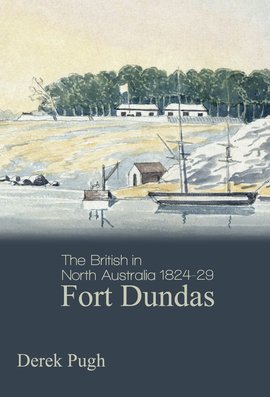
The British in North Australia 1824-29:
FORT DUNDAS
Fort Dundas was the first outpost of Europeans in Australia’s north. It was a British fortification manned in 1824, by soldiers, marines and convicts, and built by them on remote Melville Island. The fort lasted until February, 1829, when it was abandoned and left to the termites.
The fort’s purpose was twofold. First, it was a physical demonstration of Britain’s claim to the New Holland continent as far as longitude 129°E that excluded the Dutch and the French from starting similar colonies, and it was the first of a series of fortified locations around the coast. Second, it was promoted as the start of a British trading post that would become a second Singapore and compete with Batavia.
The settlement was named in a ceremony on 21 October 1824 but it was not a success. In its short existence, we have tales of great privation, survival, greed, piracy, slavery, murder, kidnapping, scurvy, and battles with the Indigenous inhabitants of the islands, the Tiwi. It was also the site of the first European wedding and the birth of the first European children in northern Australia.
None of the three military commandants who managed the outpost wanted to be there and all were gratefully relieved after their posting. They left behind thirty-four dead - victims of disease, poor diet and Tiwi spears. Others died when the crews of the fort’s supply ships were slaughtered and beheaded by Malay pirates on islands to the north. Two cabin boys from one of them, the Stedcombe, were enslaved by the pirates.
What happened at Fort Dundas and why it was abandoned has been largely untold. Nevertheless, it is one of the most engaging stories of nineteenth-century Australia, presented here in Derek Pugh’s usual captivating style.
ISBN paperback 9780992355869 $A29.95, eBook 9780992355876 $9.95
http://www.derekpugh.com.au/fort-dundas.html
FORT DUNDAS
Fort Dundas was the first outpost of Europeans in Australia’s north. It was a British fortification manned in 1824, by soldiers, marines and convicts, and built by them on remote Melville Island. The fort lasted until February, 1829, when it was abandoned and left to the termites.
The fort’s purpose was twofold. First, it was a physical demonstration of Britain’s claim to the New Holland continent as far as longitude 129°E that excluded the Dutch and the French from starting similar colonies, and it was the first of a series of fortified locations around the coast. Second, it was promoted as the start of a British trading post that would become a second Singapore and compete with Batavia.
The settlement was named in a ceremony on 21 October 1824 but it was not a success. In its short existence, we have tales of great privation, survival, greed, piracy, slavery, murder, kidnapping, scurvy, and battles with the Indigenous inhabitants of the islands, the Tiwi. It was also the site of the first European wedding and the birth of the first European children in northern Australia.
None of the three military commandants who managed the outpost wanted to be there and all were gratefully relieved after their posting. They left behind thirty-four dead - victims of disease, poor diet and Tiwi spears. Others died when the crews of the fort’s supply ships were slaughtered and beheaded by Malay pirates on islands to the north. Two cabin boys from one of them, the Stedcombe, were enslaved by the pirates.
What happened at Fort Dundas and why it was abandoned has been largely untold. Nevertheless, it is one of the most engaging stories of nineteenth-century Australia, presented here in Derek Pugh’s usual captivating style.
ISBN paperback 9780992355869 $A29.95, eBook 9780992355876 $9.95
http://www.derekpugh.com.au/fort-dundas.html
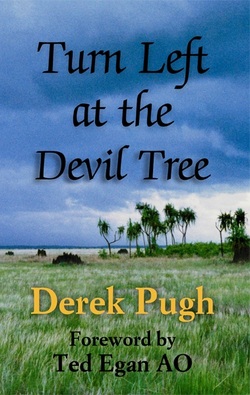
Turn Left at the Devil Tree
A Memoir with a foreword by Ted Egan AO
Accompanied by Turkey, his little ‘hunting’ dog, Derek Pugh founded several outstation schools in the most remote parts of Arnhem Land and gained a rare insight into a traditional way of life which has been witnessed by only a few outsiders.
By turns reflective, tragic and hilarious, Turn Left at the Devil Tree is a memoir of a visiting teacher among the Indigenous people and wildlife of the Top End of Australia. It is also a history - revealing some little known and disturbing events that were sanctioned from the highest levels of government.
Life there was “frustrating at times, but always a challenge and Derek has recorded his experiences beautifully in this delightful book”. Ted Egan AO
Want a preview?: download chapter 1 and have a read.
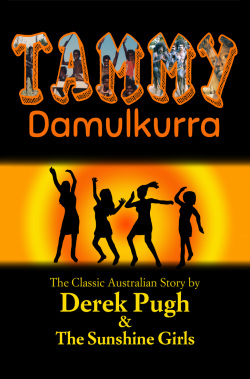
Tammy Damulkurra, (2nd ed 2013)
“a landmark in Australian literature” Maurice Rioli, MLA
A Classic Australian Story
Fifteen year old Tammy Damulkurra lives in Maningrida - a remote Aboriginal community in Arnhem Land. Tammy has friends and likes the disco and thinks at last she has her first boyfriend but he cheats on her and Tammy gets into a fight with her arch enemy, Sharon. Tammy's parents send her to the outstations for several weeks to cool off and she quickly gets used to the bush and fishing and hunting with relatives. When she returns to Maningrida her love life is a mess and it's not until she leaves again for school that she realises that it's all going to be okay.
Originally released in 1995 this second edition celebrates two decades of its use in literacy education in remote communities in Australia.
“a story that will strike chords with many teenagers,” with a “naive quality and adolescent voice (which) makes it instantly accessible” B Richardson
ID=9780992355838
“a landmark in Australian literature” Maurice Rioli, MLA
A Classic Australian Story
Fifteen year old Tammy Damulkurra lives in Maningrida - a remote Aboriginal community in Arnhem Land. Tammy has friends and likes the disco and thinks at last she has her first boyfriend but he cheats on her and Tammy gets into a fight with her arch enemy, Sharon. Tammy's parents send her to the outstations for several weeks to cool off and she quickly gets used to the bush and fishing and hunting with relatives. When she returns to Maningrida her love life is a mess and it's not until she leaves again for school that she realises that it's all going to be okay.
Originally released in 1995 this second edition celebrates two decades of its use in literacy education in remote communities in Australia.
“a story that will strike chords with many teenagers,” with a “naive quality and adolescent voice (which) makes it instantly accessible” B Richardson
ID=9780992355838
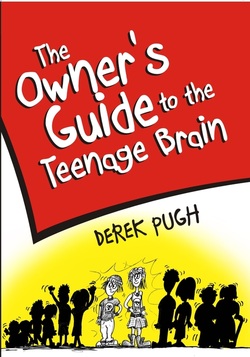
The Owner’s Guide to the Teenage Brain (2011)
The Owner’s Guide to the Teenage Brain reveals the mysteries of modern neuroscience and teaches teenagers, parents and teachers how to prepare their brains for learning. Teenagers can maximise the efficiency of their learning and cope better with the exciting changes of the teenage years. Adults can be reminded about what is needed for optimal learning. This is powerful knowledge that gives the reader an essential edge in today’s world with its high competition and crowded curriculum.
“Finally, a book written and designed about learning that will appeal to teens” Grady Harp
“Derek Pugh has got it 100% right with his new book...” Dr Mark Heyward, Education consultant
The Owner’s Guide to the Teenage Brain reveals the mysteries of modern neuroscience and teaches teenagers, parents and teachers how to prepare their brains for learning. Teenagers can maximise the efficiency of their learning and cope better with the exciting changes of the teenage years. Adults can be reminded about what is needed for optimal learning. This is powerful knowledge that gives the reader an essential edge in today’s world with its high competition and crowded curriculum.
“Finally, a book written and designed about learning that will appeal to teens” Grady Harp
“Derek Pugh has got it 100% right with his new book...” Dr Mark Heyward, Education consultant
Tambora: Visits to Sumbawa and the Mountain That Changed the World
/tambora-travels-to-sumbawa-and-the-mountain-of-change.html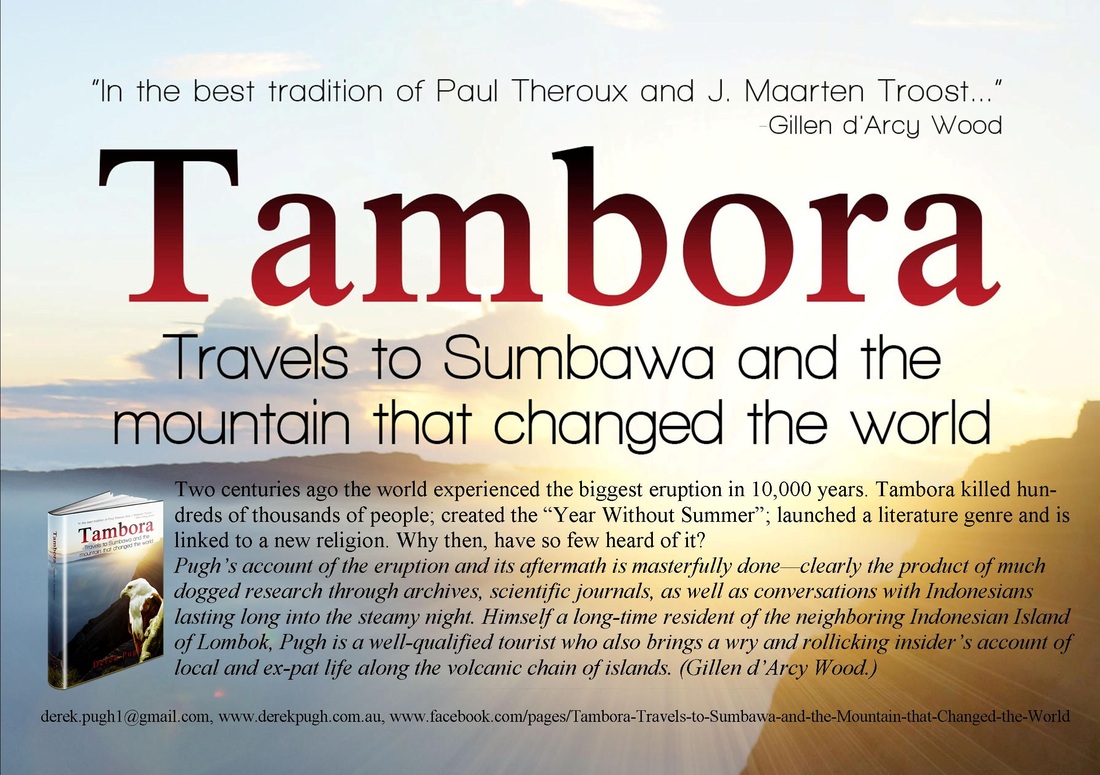
|
